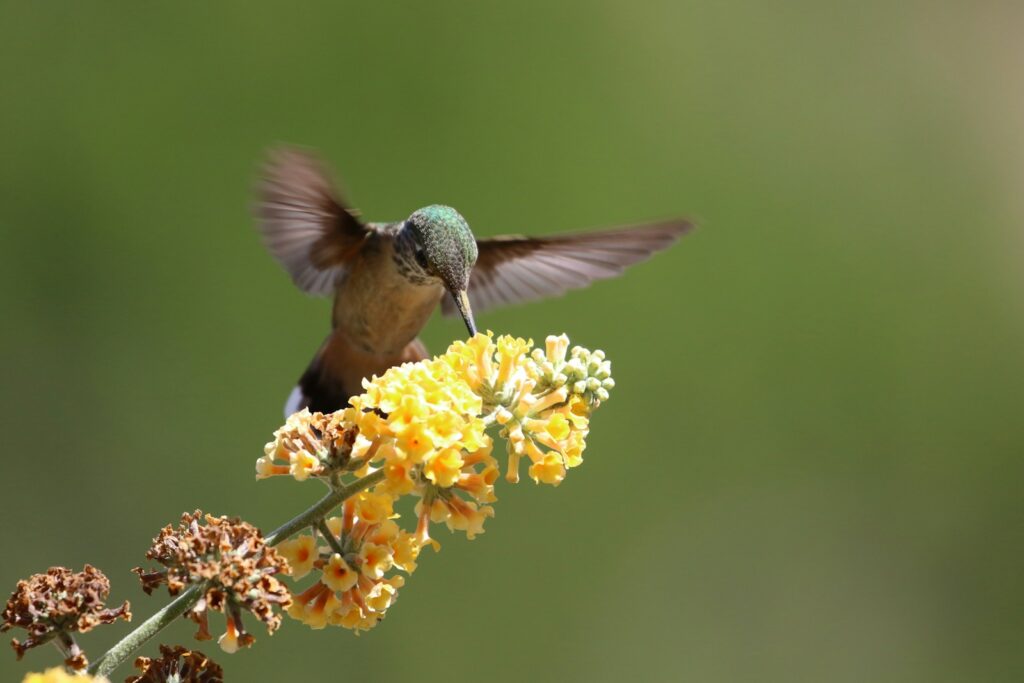When we think of pollination, honeybees typically buzz to mind first – their fuzzy bodies and tireless work ethic have made them the poster children for this essential ecological process. However, the world of pollination extends far beyond these familiar insects. A diverse array of creatures – from tiny beetles to nectar-loving bats and even some surprising vertebrates – quietly contribute to this vital ecosystem service that sustains our food systems and natural landscapes. While bees deservedly receive recognition for their crucial role, understanding the broader community of pollinators offers a more complete picture of nature’s ingenious reproduction strategies. This article explores the fascinating world of “alternative” pollinators – the unsung heroes whose contributions often go unnoticed but remain essential to global biodiversity and food security.
The Pollination Basics: More Than Just Bees
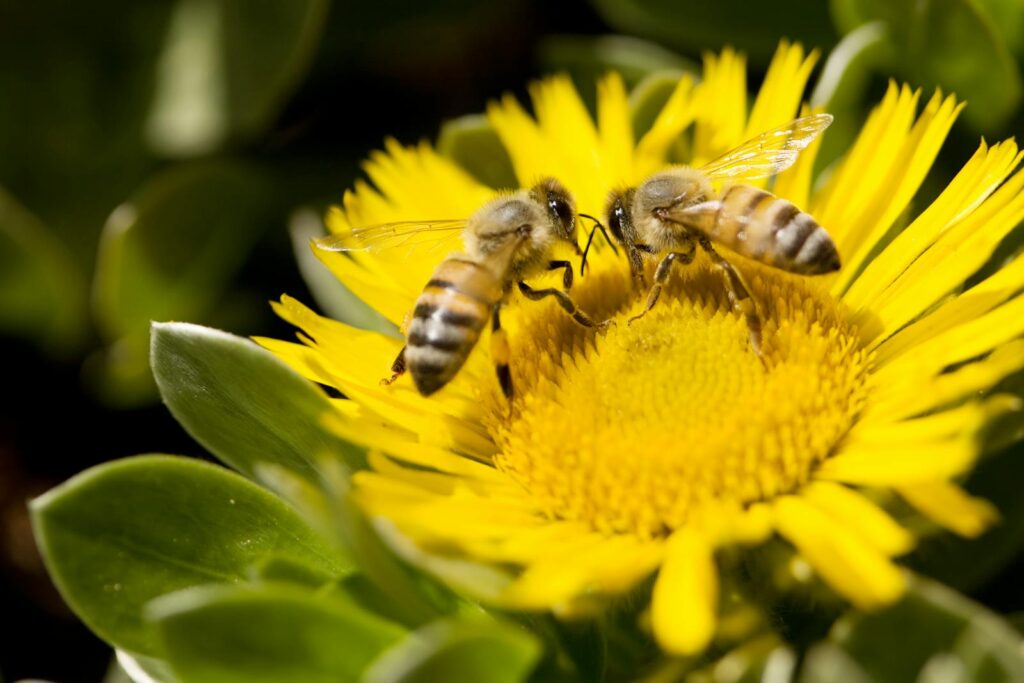
Pollination, the transfer of pollen from a flower’s male parts to its female parts, represents one of nature’s most elegant examples of mutualism. While bees handle approximately 80% of crop pollination in many agricultural regions, they’re just one part of a complex ecological network. Natural ecosystems rely on diverse pollinator communities that have co-evolved with native plants over millions of years. Each pollinator type brings unique behaviors, body structures, and activity patterns that make them especially effective for certain plant species. Understanding this diversity matters because different plants require different pollinators – some flowers can only be pollinated by specific animals with the right body size, feeding behavior, or active time of day.
Butterflies: The Graceful Sky Dancers
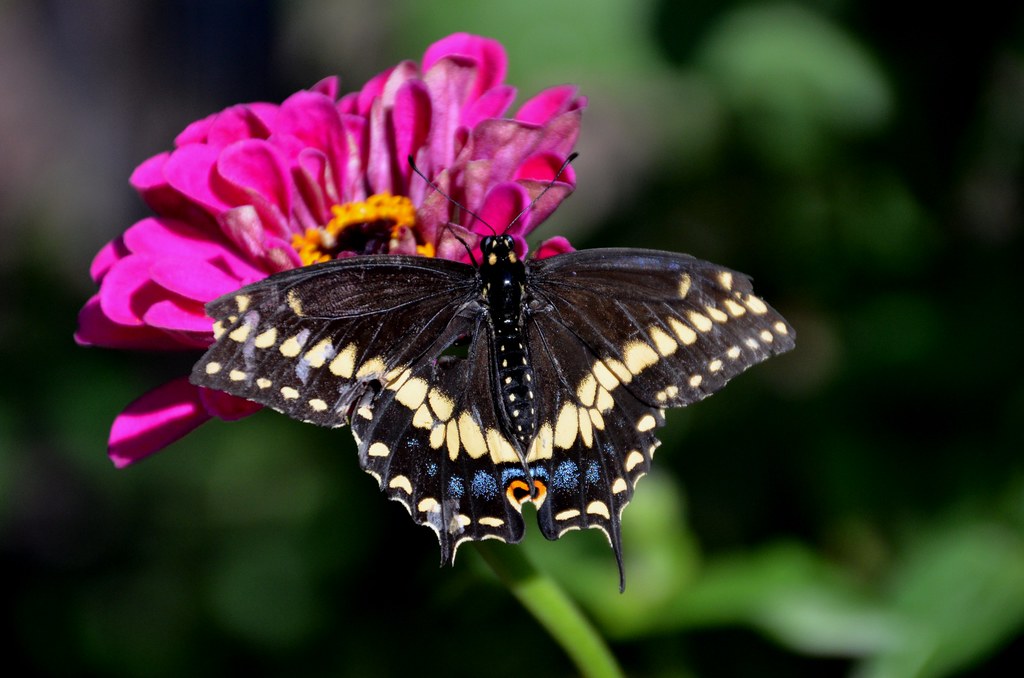
With their delicate wings and distinctive flight patterns, butterflies contribute significantly to pollination while adding visual splendor to gardens and natural landscapes. Unlike bees, butterflies possess a long, straw-like proboscis that allows them to reach nectar in deep tubular flowers that other pollinators cannot access. They’re particularly attracted to brightly colored flowers with landing platforms, especially reds, oranges, yellows, and purples. Butterflies are considered less efficient than bees at transferring pollen because their slender bodies don’t collect as much pollen, and they often hover above flowers rather than diving deep inside them. However, they compensate for this by traveling longer distances between plants, potentially facilitating cross-pollination between widely separated plant populations and increasing genetic diversity.
Moths: The Night Shift Pollinators
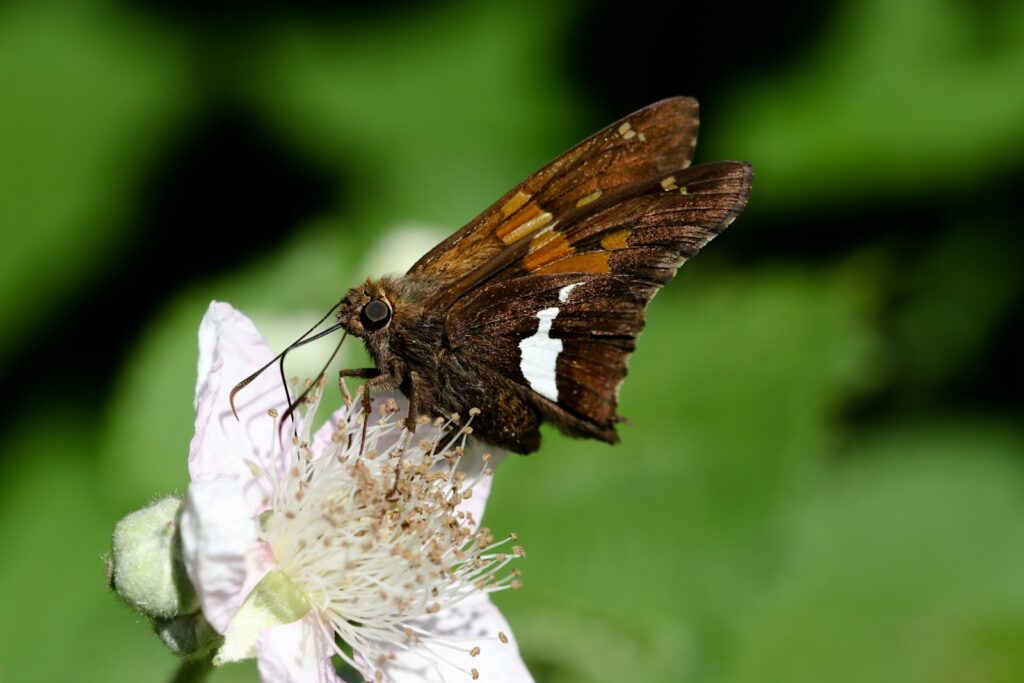
While butterflies work the day shift, their close relatives, moths, take over pollination duties after sunset. With over 160,000 species worldwide (compared to roughly 17,500 butterfly species), moths represent a remarkably diverse group of pollinators that deserve far more recognition. Many night-blooming plants have specifically evolved to attract these nocturnal visitors with pale colors that stand out in moonlight and strong, sweet fragrances that can travel long distances in the evening air. Some moth species, particularly hawk moths, hover like hummingbirds while feeding, using their impressively long proboscises to reach nectar in deep-throated flowers. The iconic yucca moth demonstrates one of nature’s most specialized pollination relationships – these moths deliberately collect and transfer yucca pollen between plants, and in return, their larvae feed exclusively on developing yucca seeds, with neither species able to survive without the other.
Beetles: The Ancient Pollinators

Beetles represent some of Earth’s oldest pollinators, with fossil evidence suggesting they were visiting flowers over 200 million years ago, long before bees evolved. With over 400,000 known species, beetles constitute the largest order of insects and include many important pollinators for primitive flowering plants. Unlike more specialized pollinators, beetles typically have simple mouthparts better suited for chewing than sipping nectar, which explains their preference for bowl-shaped flowers with easily accessible pollen. Magnolias, spicebush, and certain water lilies rely heavily on beetle pollination, offering these insects fragrant chambers where they can feed, mate, and inadvertently pick up pollen. Their contribution to pollination often gets labeled as “messy” compared to bees because beetles sometimes eat flower parts along with pollen, earning them the scientific nickname “mess and soil” pollinators.
Flies: The Underestimated Workhorses
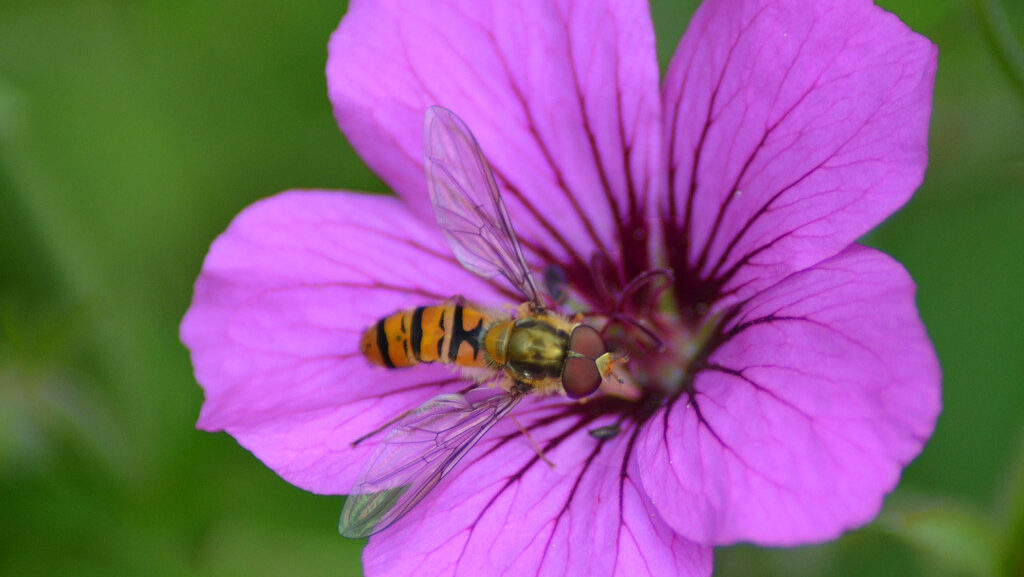
Flies may lack the charm of butterflies or the cultural appreciation of bees, but these two-winged insects are responsible for pollinating numerous wild plants and crops, particularly in colder regions where bees are less active. Hover flies (Syrphidae), which often mimic the appearance of bees or wasps, are especially valuable pollinators that visit a wide range of flowers while their larvae serve as important aphid predators, providing dual benefits to gardeners and farmers. In alpine and arctic ecosystems, flies perform up to 80% of all pollination services because they remain active in cool, cloudy conditions that ground other insects. Some plants have evolved remarkable adaptations to attract flies, including flowers that emit carrion-like odors to draw in flies that normally lay eggs on decomposing matter. The chocolate industry depends significantly on tiny midges that pollinate cacao flowers, making these diminutive flies essential to global chocolate production.
Wasps: The Overlooked Relatives
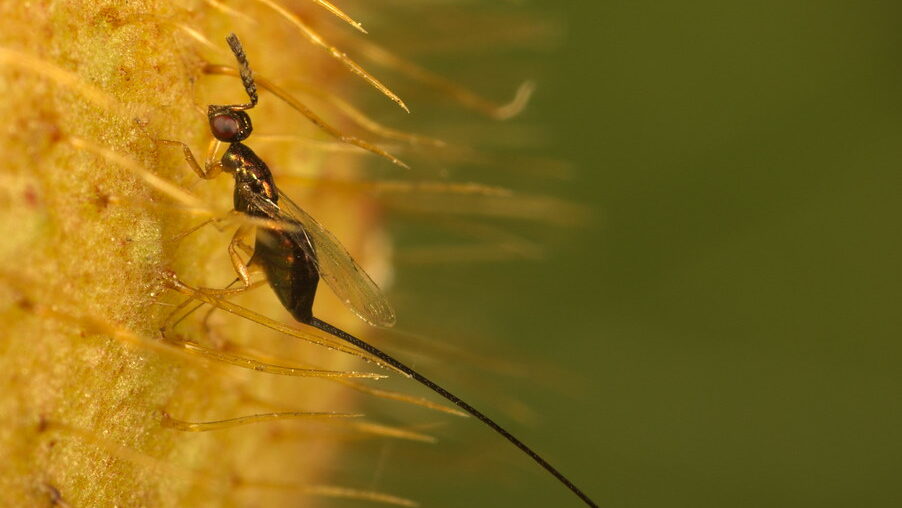
Often feared for their stings and aggressive reputation, wasps receive little recognition for their contributions to pollination despite visiting flowers regularly. Unlike their close relatives, bees, most wasps lack the specialized pollen-collecting structures and dense body hair that make bees such efficient pollinators. However, what wasps lack in physical adaptations they make up for in numbers and diversity, with thousands of species visiting flowers while hunting for nectar to fuel their energy needs. Fig wasps demonstrate perhaps the most extraordinary wasp-plant relationship, with nearly every one of the world’s 750+ fig species depending on its own specialized wasp species for pollination. These tiny wasps enter fig flowers, which are actually enclosed inflorescences, pollinating them while laying their eggs, completing their entire lifecycle within the developing fruit. Without these specialized wasps, we would have no figs, showcasing the remarkable interdependence that has evolved between plants and their pollinators.
Hummingbirds: The Aerial Acrobats
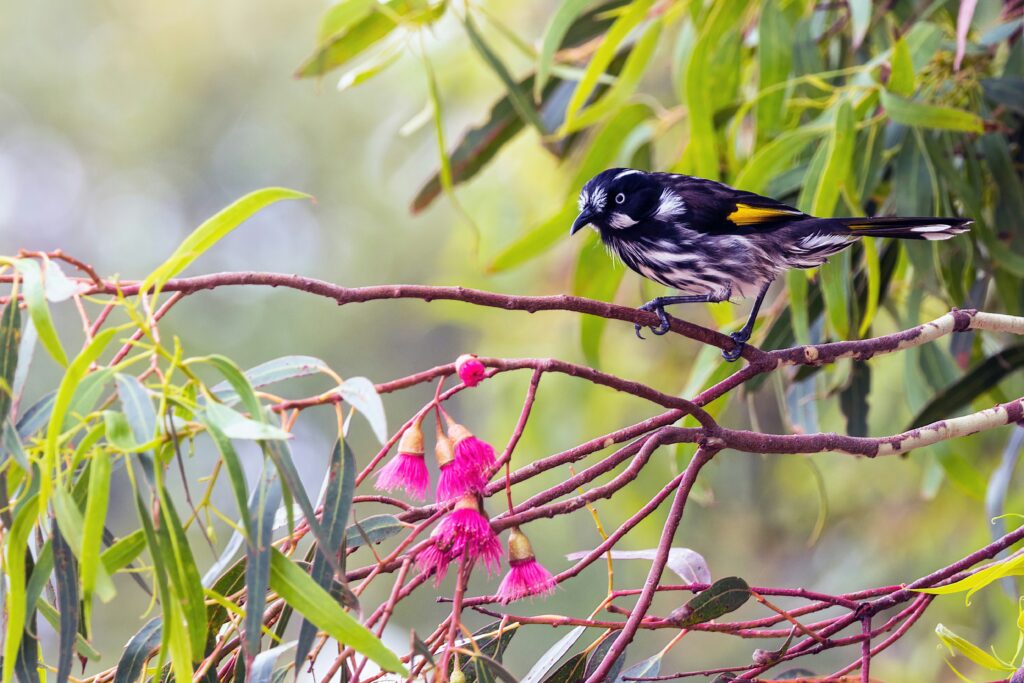
These jewel-like birds represent some of the most specialized vertebrate pollinators, with long bills and the remarkable ability to hover precisely in front of flowers while feeding. North and South American plants have co-evolved with hummingbirds over millions of years, developing tubular, often red flowers that perfectly accommodate the birds’ specialized anatomy and visual preferences. Unlike insect pollinators, hummingbirds have higher energy requirements that drive them to visit hundreds of flowers daily, making them extraordinarily effective at transferring pollen across long distances. Their excellent spatial memory allows them to develop regular “traplines” – efficient routes between flowers they visit in the same sequence each day, optimizing their energy expenditure while ensuring cross-pollination. Hummingbirds don’t detect flower scents the way insects do, which explains why hummingbird-pollinated flowers typically invest energy in bright visual displays rather than fragrance production.
Bats: The Tropical Night Pollinators
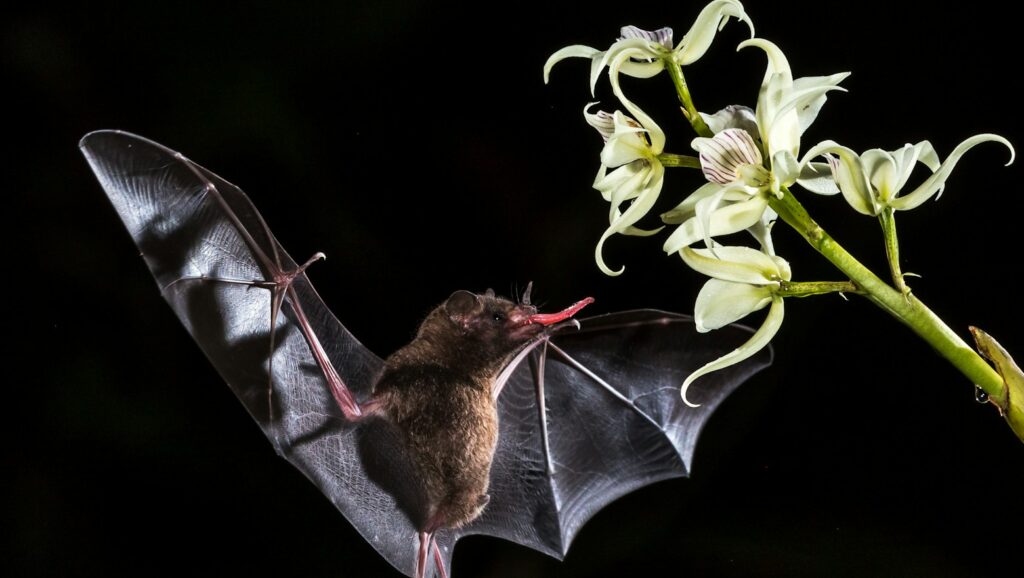
As the only flying mammals, bats serve as critical pollinators for over 500 plant species, many of which are ecologically and economically significant. Nectar-feeding bats typically have elongated snouts, reduced teeth, and brush-tipped tongues that help them harvest nectar efficiently while their bodies pick up pollen. The plants they service have evolved distinct “chiropterophilous” (bat-attracting) features: large, sturdy flowers that open at night, pale colors visible in darkness, strong musky or fermented fragrances, and copious nectar production to satisfy these high-energy pollinators. In desert ecosystems across the Americas, iconic plants like agave, saguaro, and organ pipe cacti depend heavily on bat pollination, timing their flowering to coincide with bat migration patterns. The economic value of bat pollination is substantial – they pollinate wild varieties of bananas, mangoes, guavas, and agave (essential for tequila production), contributing billions of dollars annually to global food systems.
Lemurs and Other Primates: The Surprising Pollinators
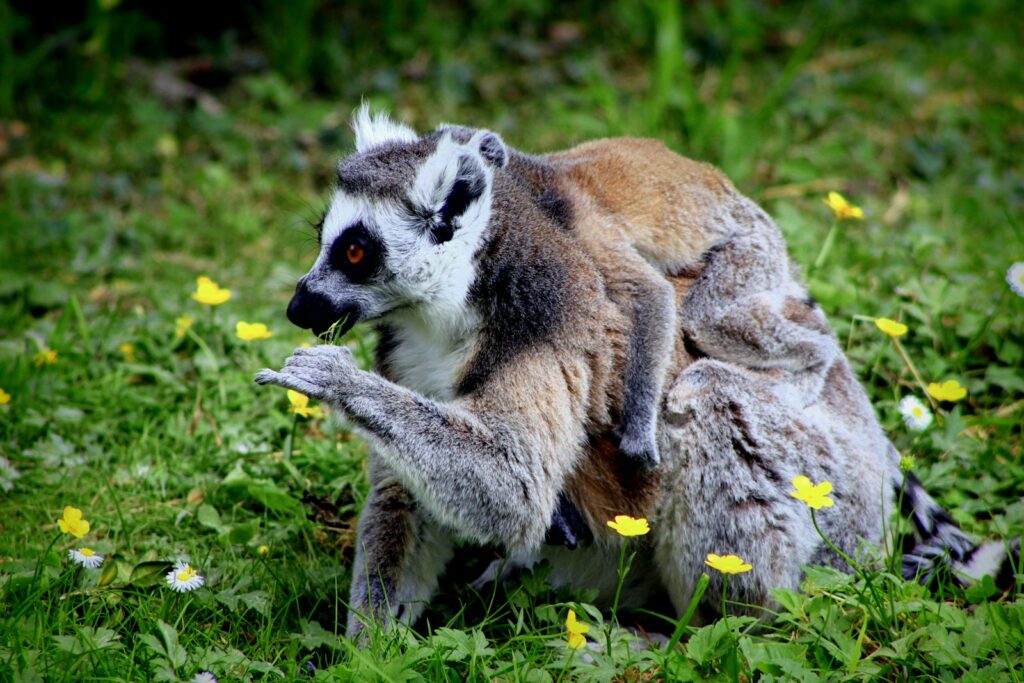
On the island of Madagascar, some flowering plants have developed a remarkable relationship with an unexpected group of pollinators: lemurs. The black-and-white ruffed lemur serves as the primary pollinator for the traveler’s tree, using its long snout and tongue to reach deep into the plant’s flowers for nectar, emerging with pollen-covered faces that transfer to the next flower they visit. This represents one of the few known cases of non-flying mammals regularly pollinating trees. Beyond Madagascar, other primates including certain monkeys in Africa and South America occasionally serve as pollinators when they feed on nectar-rich flowers. These larger-bodied pollinators can transfer significant amounts of pollen and often travel longer distances between feeding sites than insects, potentially connecting isolated plant populations. Primate pollination highlights how isolated ecosystems like Madagascar can develop unique ecological relationships when typical pollinators are absent or limited.
Lizards: The Reptilian Flower Visitors
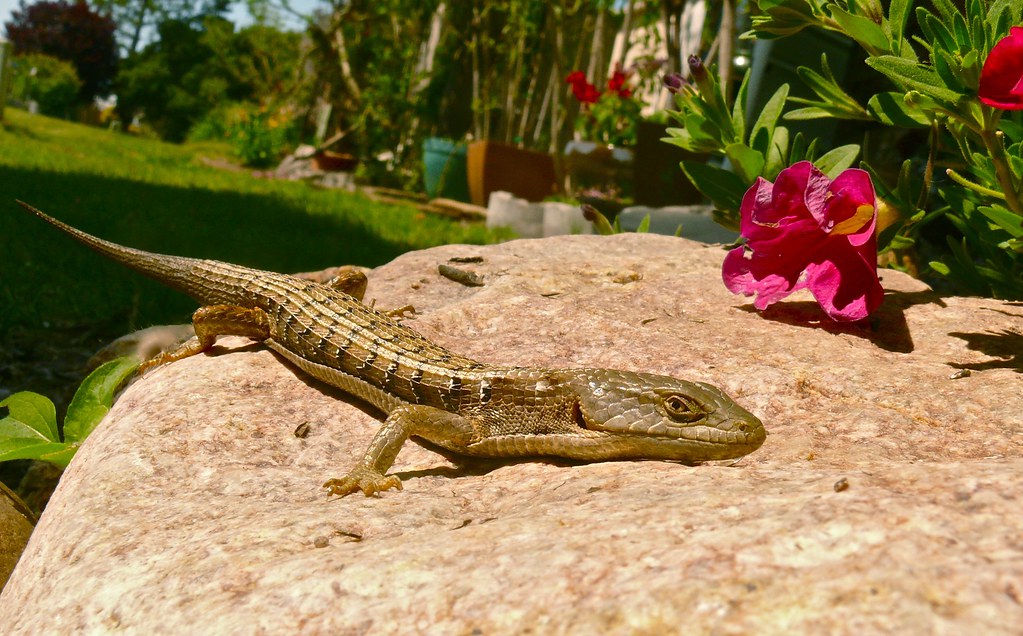
On isolated islands where insect diversity is limited, some plants have developed surprising relationships with lizards that serve as substitute pollinators. The New Zealand gecko and various Caribbean anole species regularly visit flowers to drink nectar, inadvertently transferring pollen between blooms on their scales and faces. These lizard-pollinated plants typically grow close to the ground or on rocky outcroppings where lizards can easily access them and often feature robust flowers that can withstand the weight of these reptilian visitors. On islands in the Mediterranean Sea, wall lizards have been documented visiting and pollinating certain plant species, demonstrating how pollination networks can adapt to local ecological conditions. This relationship illustrates the remarkable evolutionary flexibility of plant reproduction strategies and how isolation can drive the development of unexpected ecological partnerships.
The Threat of Pollinator Decline
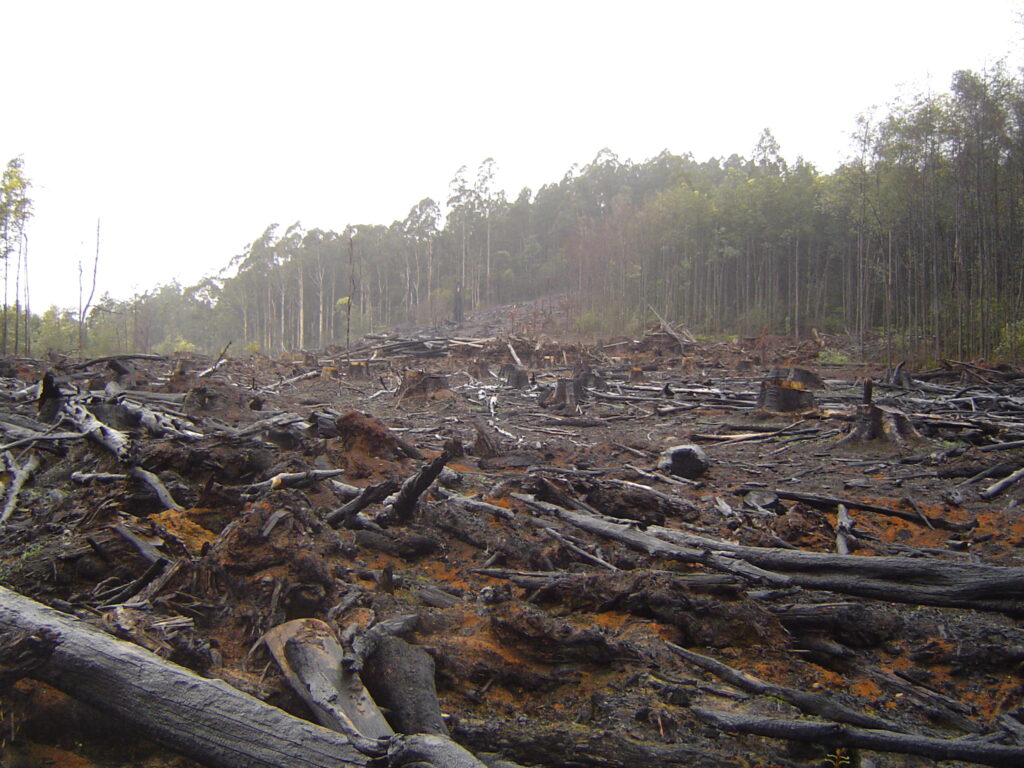
While honeybee colony collapse has received significant media attention, less publicized is the troubling decline of many other pollinator populations worldwide. Habitat loss, pesticide use, climate change, and disease are threatening not just bees but butterflies, moths, beetles, and vertebrate pollinators as well. Research indicates that approximately 40% of invertebrate pollinator species face extinction globally, with particularly sharp declines documented in butterfly and moth populations across Europe and North America. This loss of pollinator diversity threatens ecosystem stability because different pollinators service different plants, and no single species – not even honeybees – can replace the collective work of diverse native pollinators. Many specialized relationships are particularly vulnerable; for example, if long-tongued bat populations continue declining in the southwestern United States, the iconic saguaro cactus could face reproductive challenges since other pollinators cannot effectively transfer its pollen.
Supporting All Pollinators: Beyond Bee Hotels

Creating pollinator-friendly environments requires understanding the diverse needs of all pollination partners, not just honeybees. Native plant gardens provide essential habitat by offering appropriately shaped flowers and bloom times aligned with local pollinator activity patterns. Leaving sections of yards unmaintained with leaf litter, bare soil patches, and hollow stems provides nesting sites for ground-nesting bees, beetles, and other invertebrates that rarely use artificial bee hotels. Supporting moth and bat pollinators means incorporating night-blooming plants with strong fragrances and avoiding excessive outdoor lighting that disrupts nocturnal pollinator behavior. Eliminating pesticide use is perhaps the single most important action individuals can take, as many insecticides don’t discriminate between pest species and beneficial pollinators, while herbicides eliminate the diverse wildflowers many specialist pollinators depend on. Creating water features with shallow areas allows pollinators to safely drink without drowning, an often-overlooked need especially important during hot, dry periods.
The Future of Pollination: Technology and Conservation
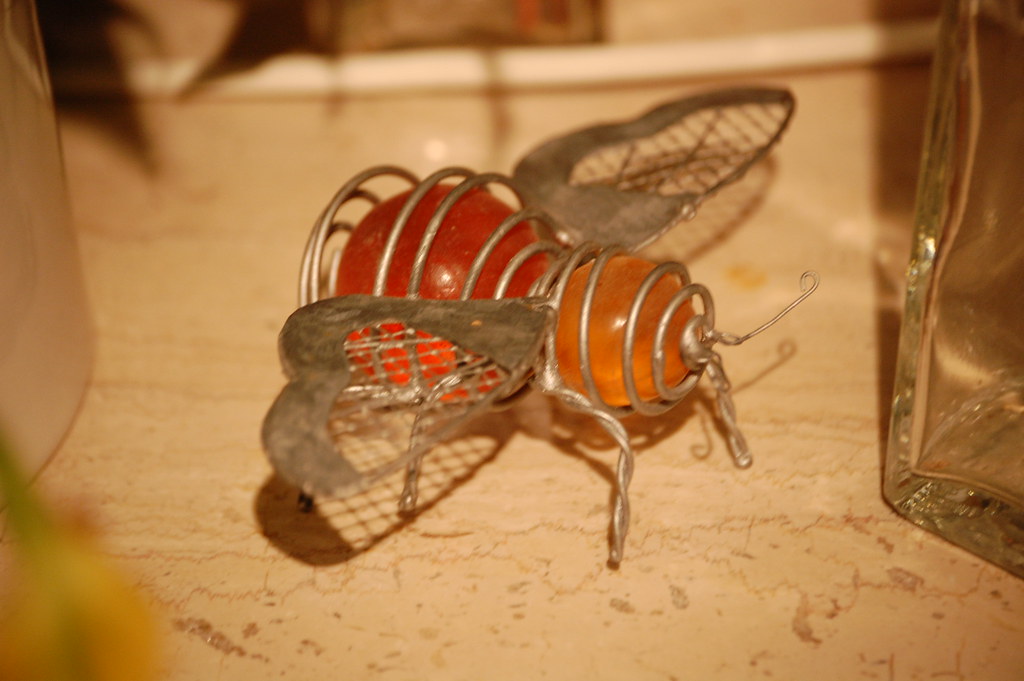
As pollinator populations face increasing pressures, researchers are exploring innovative approaches to ensure crop pollination continues. In some regions of China where heavy pesticide use has decimated bee populations, fruit farmers now hand-pollinate apple and pear blossoms using small brushes, a labor-intensive and costly process that highlights the economic value of natural pollination services. Scientists are developing tiny pollinating drones that can transfer pollen between flowers, though these remain experimental and vastly less efficient than natural pollinators. Some agricultural researchers advocate for integrated crop-pollinator systems that combine managed honeybees with habitat enhancements to support diverse wild pollinators, creating resilience through redundancy. The most promising approaches recognize that technology cannot fully replace the complex web of relationships that have evolved between plants and their diverse pollinators over millions of years, emphasizing conservation of existing pollinator communities as the most effective strategy for securing future food production and ecosystem health.
Conclusion
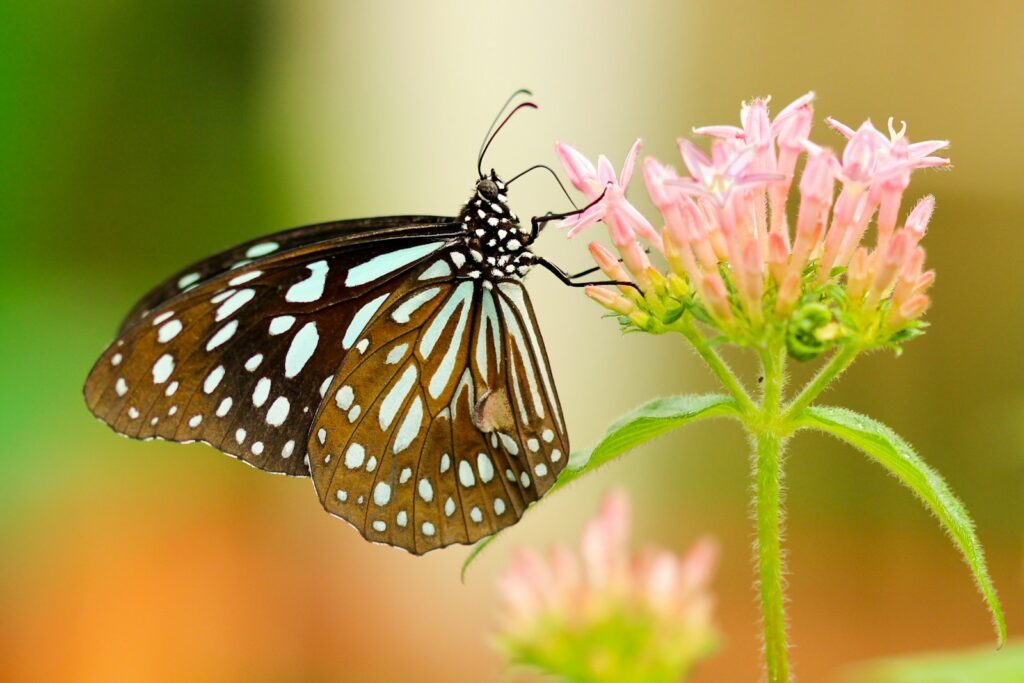
The story of pollination extends far beyond the familiar honeybee, encompassing a remarkable diversity of creatures that have co-evolved with flowering plants over millions of years. From the tiny fig wasp to the nectar-feeding bat, each pollinator fills a specific ecological niche, often servicing plant species that other pollinators cannot effectively reach. This diversity creates resilience in natural systems, providing insurance against the decline of any single pollinator group. As we face growing environmental challenges, acknowledging and protecting all pollinators—not just bees—becomes increasingly critical for maintaining healthy ecosystems and secure food systems. By broadening our appreciation to include these unsung heroes of pollination, we gain a deeper understanding of nature’s interconnected relationships and our responsibility to preserve them for future generations.

